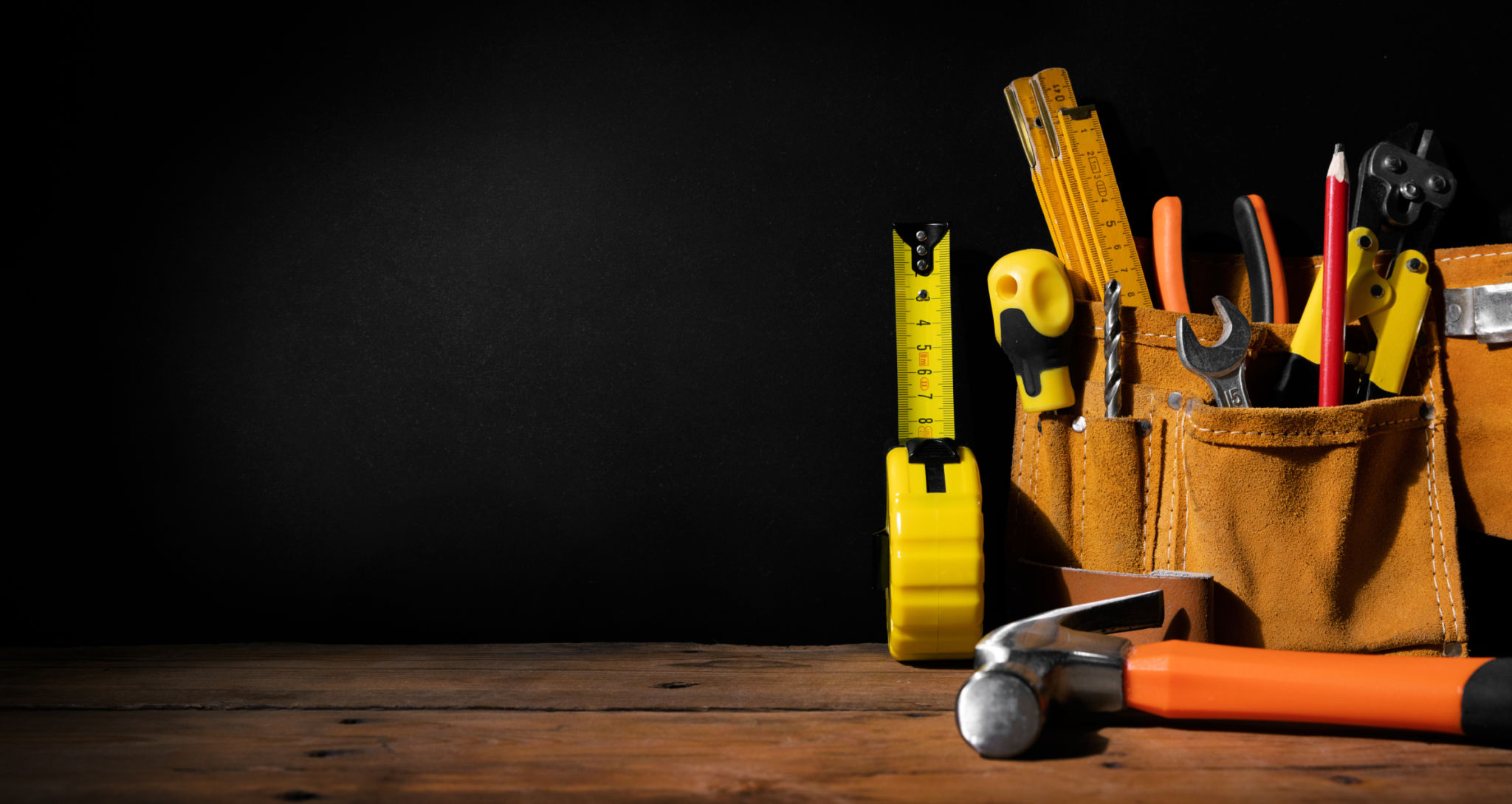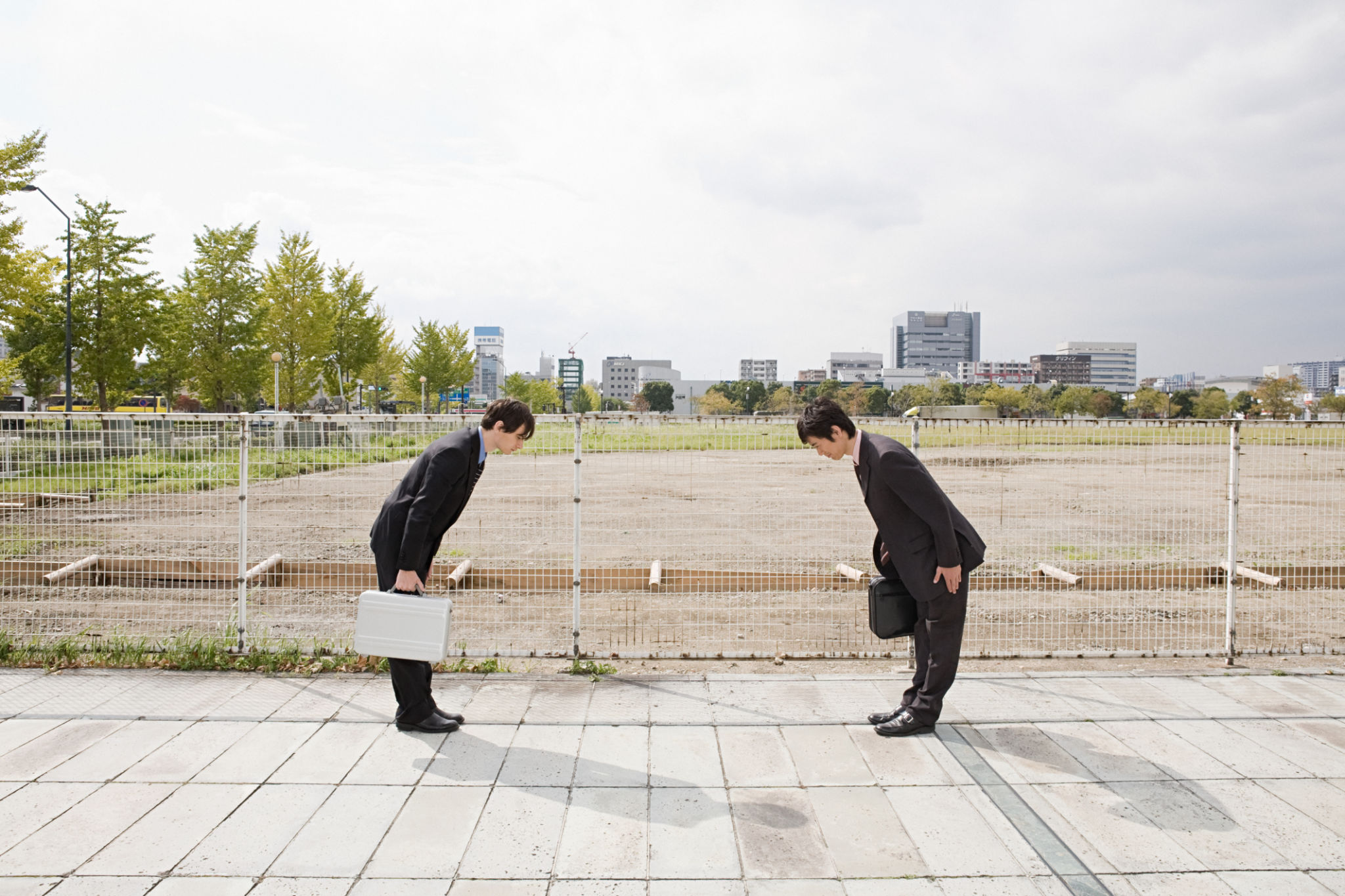DIY Home Projects: What to Tackle Yourself and When to Call a Pro
Understanding DIY Home Projects
There’s a certain satisfaction that comes with completing a DIY home project. Whether it’s the thrill of using your creativity or the joy of seeing your hard work come to life, DIY projects can be incredibly rewarding. However, knowing when to tackle a project yourself and when to call in a professional is crucial for both the success of the project and your own safety.

Projects You Can Tackle Yourself
Many home projects are perfect for DIY enthusiasts. These include tasks that are relatively straightforward and don’t require specialized skills or tools. Here are some examples:
- Painting and Wallpapering: These are excellent weekend projects. With a bit of patience and the right materials, you can transform a room with a fresh coat of paint or a stylish wallpaper.
- Basic Landscaping: Planting flowers, shrubs, or even a small vegetable garden can be a fun and fulfilling task.
- Simple Repairs: Fixing leaky faucets or replacing door handles are minor repairs that most homeowners can handle.
When to Call a Professional
While DIY projects can be exciting, some tasks are best left to professionals. Attempting complex projects without the necessary expertise can lead to costly mistakes and potential safety hazards. Here are some situations where calling a pro is advisable:
- Electrical Work: Any project involving electrical wiring should be handled by a licensed electrician to ensure safety and compliance with regulations.
- Major Plumbing Tasks: While fixing a faucet is manageable, installing new pipes or water heaters requires professional expertise.
- Structural Changes: Altering load-bearing walls or making significant structural changes requires the skills of an experienced contractor.

The Cost-Benefit Analysis
Before deciding whether to DIY or hire a professional, conduct a cost-benefit analysis. Consider the cost of materials, tools, and your time against the potential cost of hiring a professional. In some cases, spending more upfront for professional help could save you money in the long run by avoiding costly mistakes.
Additionally, consider the value of your time. If a project takes significantly longer than anticipated, it may be more efficient to hire someone who can complete it quickly and effectively.
The Importance of Safety
Safety should always be your top priority when tackling any home project. Ensure you have the right safety gear, such as gloves, goggles, and masks, when working on DIY tasks. For projects involving heights or power tools, take extra precautions to avoid accidents.

If you’re ever unsure about the safety or complexity of a project, it’s best to consult with a professional. They can provide valuable insights and help you determine the best course of action.
Conclusion: Finding Balance in Home Improvement
The key to successful home improvement lies in finding the right balance between DIY projects and professional help. By assessing your skills and understanding the scope of each project, you can make informed decisions that lead to satisfying and safe home improvements. Embrace the joy of DIY when it’s appropriate, and don’t hesitate to call in the experts when needed.
Remember, your home is one of your most valuable investments. Taking care of it properly will not only enhance its beauty and functionality but also increase its value over time.